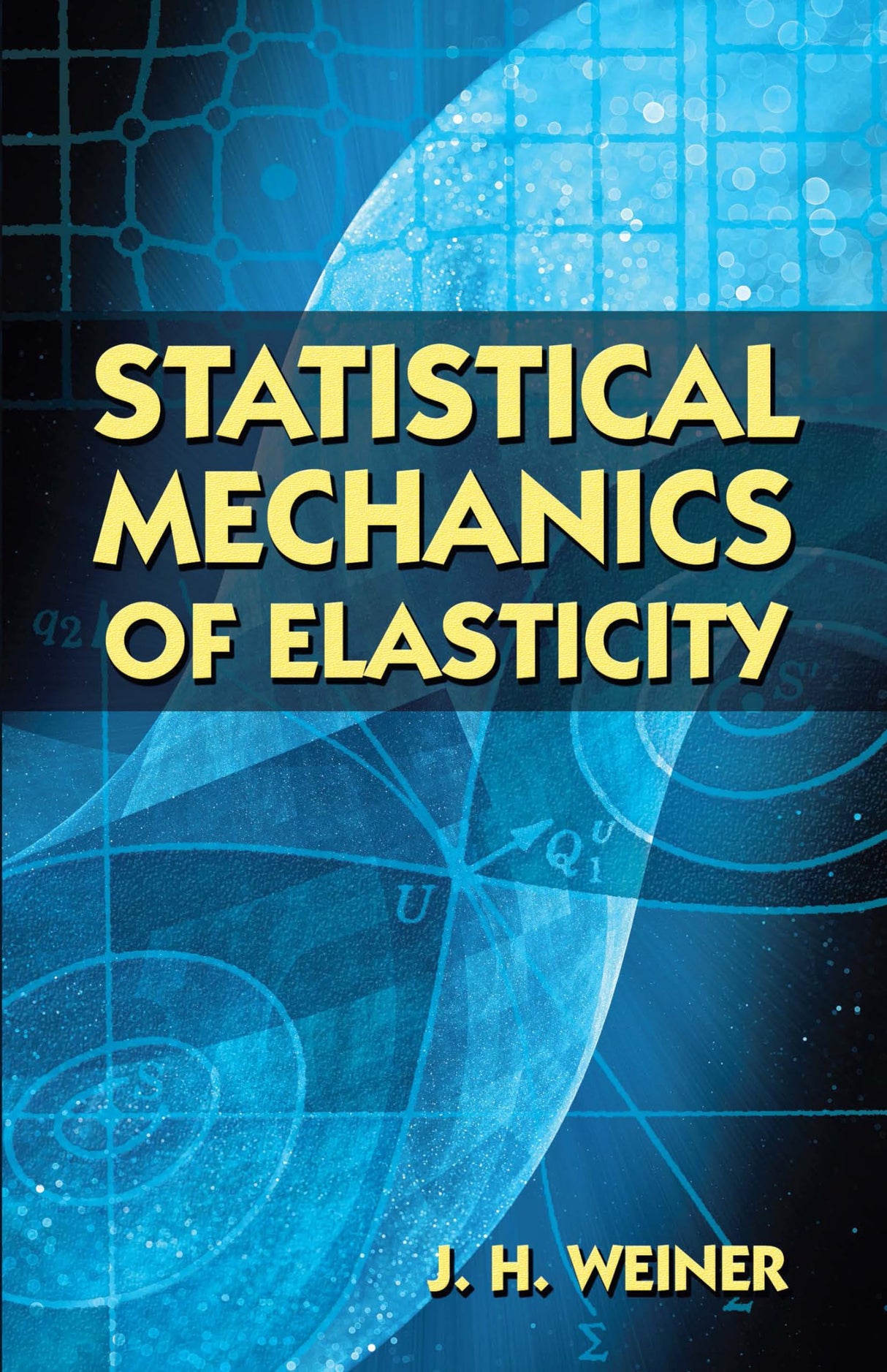Statistical Mechanics Of Elasticity
Statistical Mechanics Of Elasticity is backordered and will ship as soon as it is back in stock.
Couldn't load pickup availability
Genuine Products Guarantee
Genuine Products Guarantee
We guarantee 100% genuine products, and if proven otherwise, we will compensate you with 10 times the product's cost.
Delivery and Shipping
Delivery and Shipping
Products are generally ready for dispatch within 1 day and typically reach you in 3 to 5 days.
Book Details
-
Author: Jerome Harris Weiner
-
Publisher: Dover
-
Language: English
-
Edition: 2nd Edition
-
ISBN: 9780486422602
-
Binding: Paperback
-
Number of Pages: 439
-
Release Date: May 17, 2017
-
Package Dimensions: 8.5 x 5.5 x 1.2 inches
About The Book
Elasticity: Theory and Applications (2nd Edition) by Jerome Harris Weiner presents an advanced treatment of elasticity from the atomistic viewpoint, making it an invaluable resource for graduate students in physics, chemistry, and materials science. This self-contained text offers a comprehensive exploration of both classical and quantum statistical mechanics, with a strong focus on their application to the elastic behavior of solids.
The first part of the book develops the principles of classical statistical mechanics and applies them to the study of thermoelastic behavior in crystalline and polymeric solids. Beginning with an introduction to thermoelasticity from the continuum viewpoint, Weiner leads readers through the foundational concepts before diving into more complex applications of these principles.
The second part transitions to quantum mechanics, highlighting how quantum statistical effects influence the mechanical behavior of solids at low temperatures. The discussion also extends to interatomic force laws and the impact of quantum effects on thermally activated processes.
This book serves as a unique alternative to traditional courses in statistical mechanics, which often focus primarily on gases, liquids, and electronic or magnetic phenomena. It is especially beneficial for polymer physicists, who will appreciate the in-depth discussion of curvilinear coordinates, geometric constraints, and the differences between rigid and flexible polymer models.
With 439 pages of detailed content and practical examples, Elasticity: Theory and Applications is essential for anyone seeking a deeper understanding of the fundamental principles that govern the mechanical behavior of solids, particularly from an atomistic and quantum perspective.





